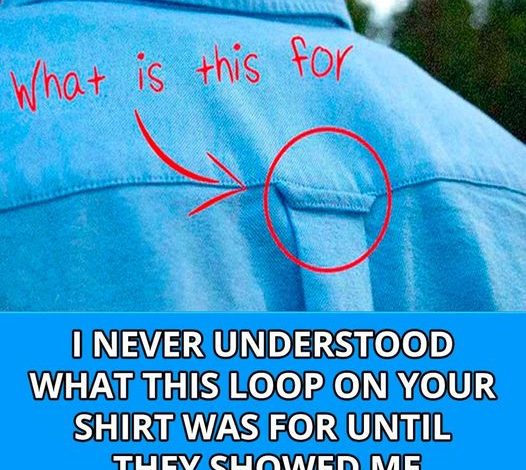Why Do Button-Down Shirts Have Loops On the Back?

The Surprising History Behind the “Locker Loop” on Button-Down Shirts
That small fabric loop on the back of a button-down shirt—often overlooked—actually holds a fascinating story rooted in both function and fashion.
Originally introduced by the U.S. Navy, the “locker loop” was designed out of necessity. Sailors, working in tight quarters with limited storage, needed a way to hang their uniforms without wrinkling them. The solution? A simple sewn-in loop that let them hook their shirts neatly in cramped lockers.
But the loop didn’t stay at sea.
By the 1960s, clothing brands like GANT adopted the feature and brought it ashore—targeting Ivy League students who also needed to hang shirts in shared gym lockers. That’s where the loop got its now-familiar name: the locker loop.
Soon, it became more than just a convenience. Among Ivy League students, the loop evolved into a social signal. Men would sometimes snip off the loop to show they were in a relationship. Women, in turn, might tie a scarf around their boyfriend’s loop as a playful claim of affection. In some circles, tearing off someone’s loop became a flirty or mischievous gesture.
As the trend spread, major fashion houses like Ralph Lauren embraced the detail, solidifying it as a classic in preppy menswear. Today, even though modern hangers have made the loop largely obsolete, many designers still include it as a nod to tradition.
That tiny loop—easy to miss—serves as a perfect example of how practical design can gain cultural meaning, evolving from ship decks and locker rooms into a timeless symbol of style, romance, and tradition.